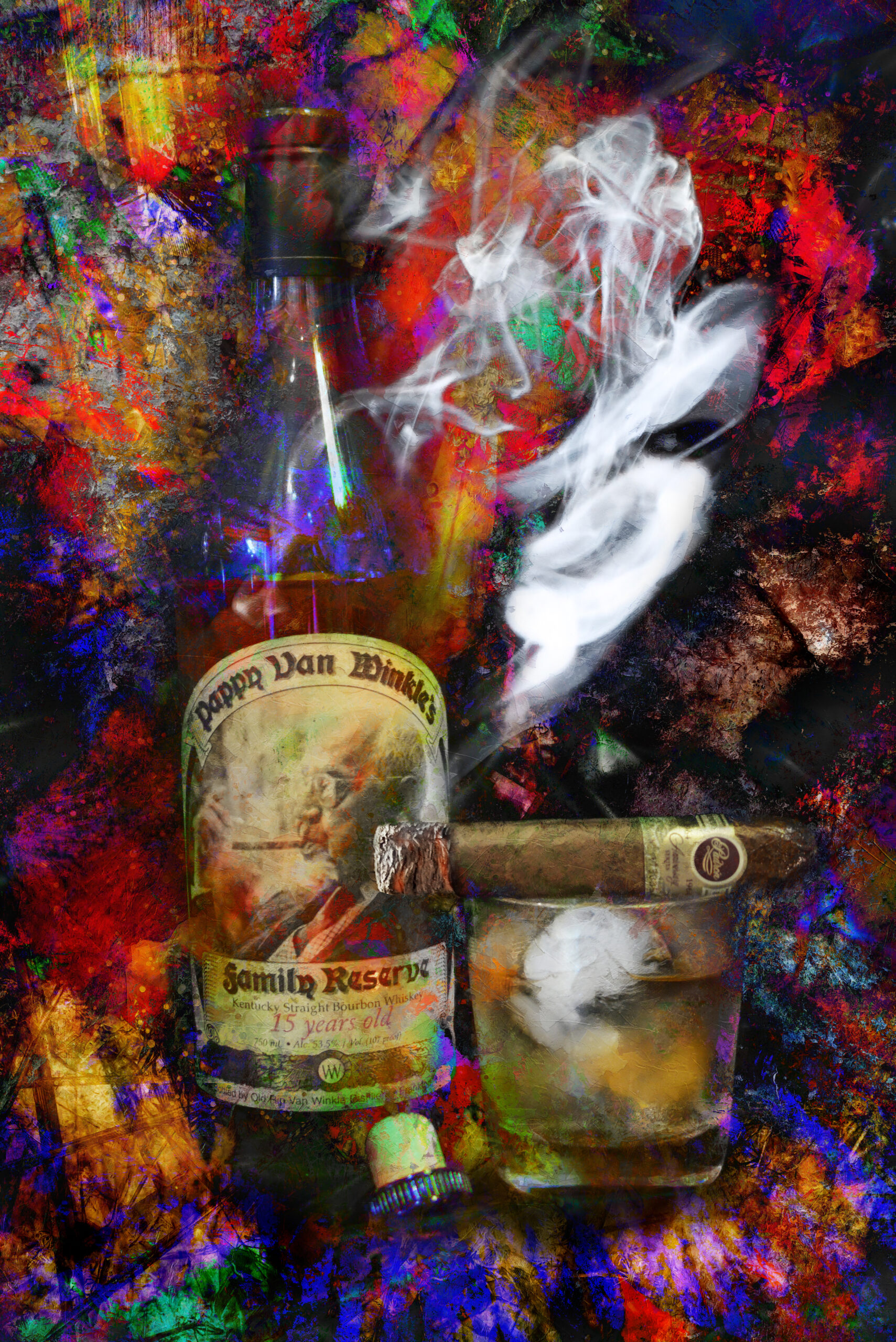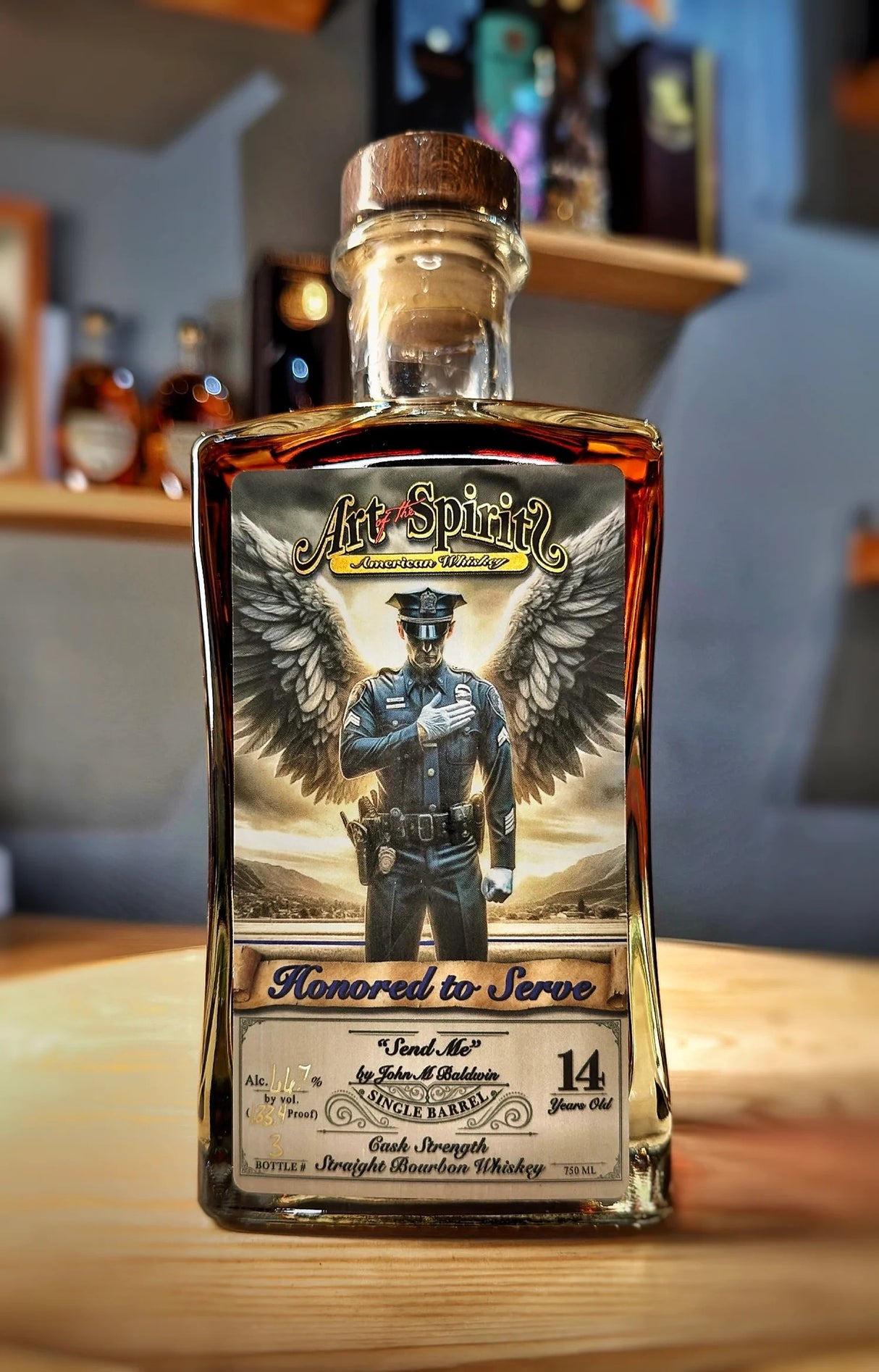Realism Art in the Whiskey Market: Depicting Moments of Distillation
Realism Art in the Whiskey Market: Depicting Moments of Distillation
Blog Article
The Importance of Whiskey Art in Celebrating Heritage and Craftsmanship in the Beverage Sector
The intricate connection in between whiskey art and the celebration of heritage and craftsmanship within the drink industry can not be overemphasized. Via attentively designed containers and labels, bourbon brands envelop their historical origins and the artisanal abilities that define their manufacturing techniques.
The Historic Roots of Whiskey
At the heart of bourbon's allure exists an abundant tapestry of historical roots that trace back to old civilizations. The beginnings of bourbon can be connected to the distillation techniques of the Sumerians and Babylonians around 2000 BCE, where very early types of fermented grain beverages began to arise. It was in the Center Ages that the art of purification advanced considerably, specifically in Ireland and Scotland, leading to the development of scotch as we recognize it today.
The term "whiskey" itself stems from the Gaelic word "uisce beatha," indicating "water of life." This expression underscores the cultural importance of scotch in Celtic cultures, where it was often connected with rituals, events, and public bonding. By the 15th century, purification came to be a recognized craft within monastic communities, paving the method for the establishment of legal distilleries.
As profession paths broadened, bourbon's appeal expanded, going beyond local borders and recording the passion of aficionados worldwide. Bourbon Art. This historical trip mirrors not just the workmanship behind bourbon manufacturing yet additionally its indispensable duty in social and social contexts, marking it as a considerable beverage throughout history
Artistic Expression in Branding
Whiskey branding stands as an engaging junction of virtuosity and business, where aesthetic identification plays an essential role in forming customer understanding. The aesthetics of bourbon tags, product packaging, and marketing products mirror not just the brand's story yet likewise its core values and heritage. Through imaginative expression, distilleries share a narrative that resonates with customers, stimulating emotions and sparking links.
The use of shade, typography, and imagery in branding offers to distinguish items in a saturated market. Traditional themes might evoke a feeling of authenticity and craftsmanship, while contemporary designs can signify advancement and forward-thinking. This strategic creative instructions enhances brand name acknowledgment and loyalty, permitting consumers to create an individual relationship with the scotch they pick.
Furthermore, creative expression in branding often offers as a party of regional heritage. Distilleries often integrate local icons or historic references into their styles, creating a sense of place that welcomes consumers to take part in a wider social experience. Ultimately, the artistry behind whiskey branding not only boosts aesthetic allure yet additionally improves the total narrative of the brand, promoting a much deeper appreciation for the craftsmanship and heritage embedded in each bottle.
Craftsmanship in Bottle Style
The creativity noticeable in bourbon branding expands beyond aesthetic identity to encompass the craftsmanship associated with container style. Each container works as a vessel not simply for the spirit within, yet additionally for the tale it outlines its top quality, practice, and beginning. The style process requires meticulous attention to information, as components such as shape, closure, and product add dramatically to the total understanding of the whiskey.
Craftsmanship in container style involves selecting high-quality glass that can boost the bourbon's color and clarity, while additionally supplying a tactile experience for the consumer. The shape of the bottle have to be both functional and cosmetically attractive, commonly showing the heritage of the brand name. Lots of distilleries go with one-of-a-kind forms or embossed logo designs that evoke a feeling of authenticity and background.
Additionally, the label style and typography play an important role in interacting the brand's story. Bourbon Art. A well-crafted container not only astounds the consumer's eye yet also enhances the brand's dedication to quality and custom. This way, the workmanship of container style comes to be an important facet of the whiskey experience, combining artistry with a profound regard for heritage
Cultural Relevance of Bourbon Art
Celebrating practice and craftsmanship, the cultural relevance of whiskey art transcends simple looks, intertwining with the social and historical stories of the regions from which it stems. Each container serves as a canvas, illustrating the unique stories, mythology, and traditions that have shaped regional whiskey-making practices. The detailed styles typically show the heritage of the distillers, integrating icons and motifs that resonate with the culture and values of their communities.

In addition, scotch art plays a vital function in public events and parties, acting as a concrete web link between people and their shared experiences. By valuing the artistry in whiskey product packaging, customers cultivate a deeper understanding and regard for the craft, ultimately enhancing their satisfaction of the drink itself.
Modern Trends in Whiskey Presentation
Over the last few years, the presentation of whiskey has actually advanced to reflect contemporary preferences and fads while still recognizing conventional workmanship - Realism Art. Distilleries are increasingly focusing on aesthetic aspects that boost the total drinking experience, bridging the space between heritage and modernity
Cutting-edge container layouts have actually emerged, frequently integrating lasting go to my site products and imaginative labels that tell compelling tales. Many brands now work together with regional musicians, instilling their products with distinct visual expressions that resonate with consumers. Furthermore, limited-edition releases are commonly packaged in collectible containers, including worth and charm for lovers.

Final Thought
In conclusion, whiskey art offers as an essential avenue for sharing the heritage and workmanship intrinsic in the beverage industry. Through intricate branding, cutting-edge container styles, and culturally considerable artistic elements, bourbon brand names successfully honor their traditions and attach with customers.


Workmanship in bottle design entails choosing premium glass that can improve the whiskey's shade and clearness, while also giving a responsive experience for the consumer. In this means, the workmanship of bottle layout ends up being an important facet of the scotch experience, merging virtuosity with a profound regard for heritage.
In final thought, whiskey Whiskey Art art offers as an important conduit for revealing the heritage and craftsmanship integral in the beverage sector.
Report this page